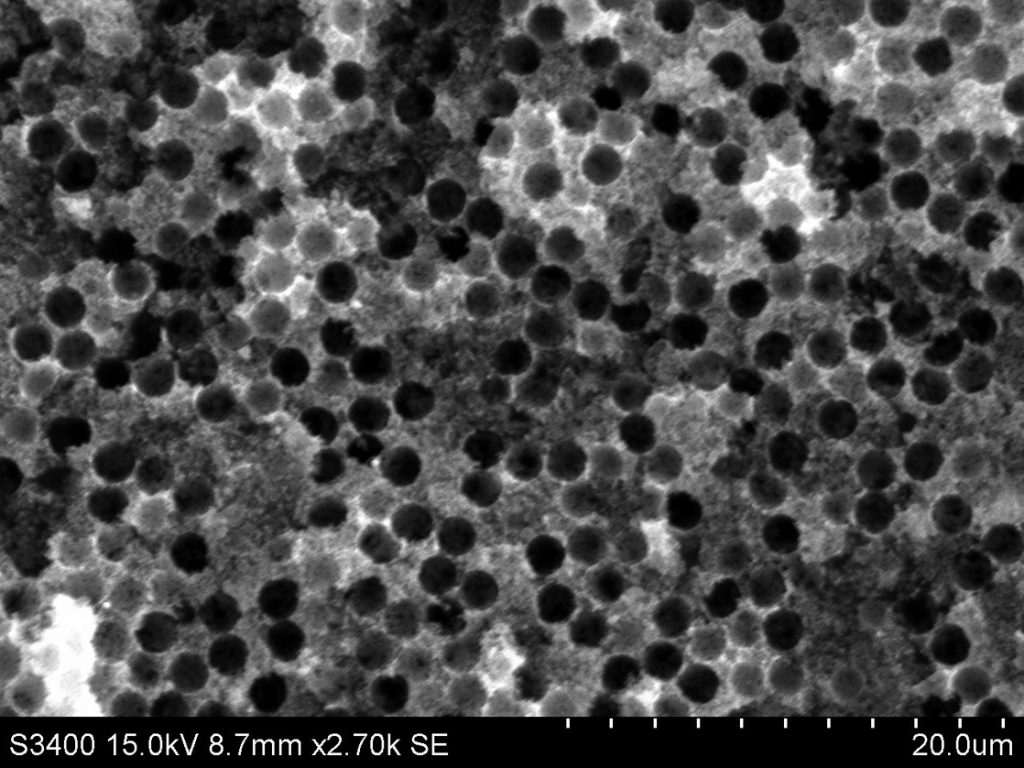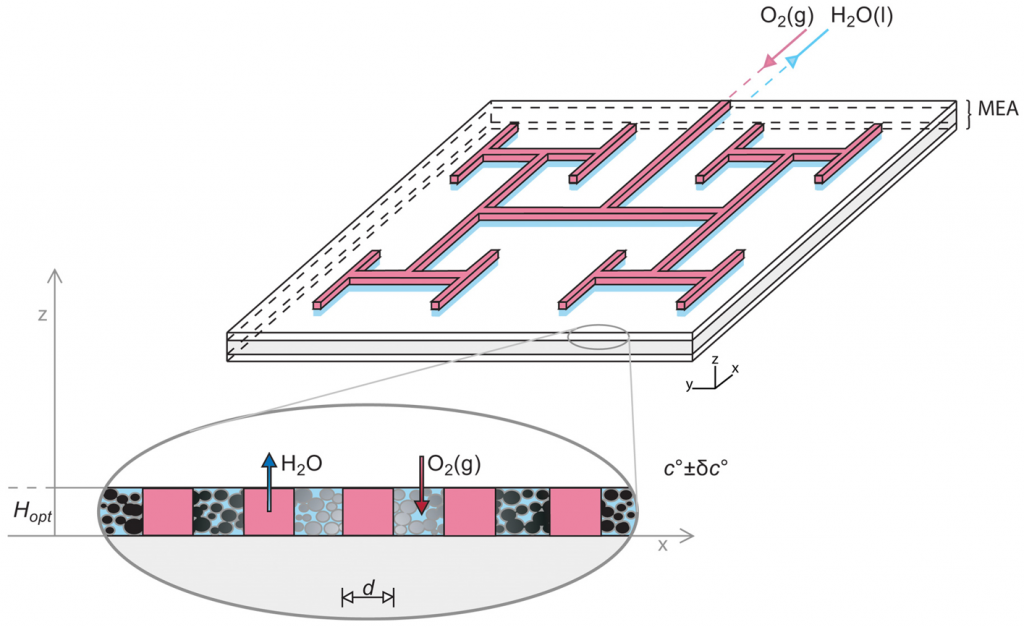Objective:
The objective of Research Theme 8 is to apply knowledge from Research Themes 1-7 to:
1) Design more efficient electrochemical systems such as batteries and systems with ion-selective membranes.
2) Describe moisture migration in insulation materials.
3) Enhance the understanding of biological systems.
4) Study porous materials for transport and storage of hydrogen.


Description:
The knowledge from Research Themes 1-7 will here be used to aid the transition into a climate-friendly, green and sustainable world. Better access of oxygen to the catalytic layer in power producing fuel cell is then one example, which can enhance the cell performance. This has been realized by introducing a microporous layer into the nanoporous catalytic layer of the cell. The issue is now pursued, and will be further applied to this and other electrochemical systems. The knowledge gained can also be applied towards improving the performance of lithium-ion batteries. A better understanding of flow through porous media will further help to improve these devices and make them usable for power production and hydrogen generation.
The presence of corrosion under insulation (CUI) is the occurrence of corrosion on pipe and vessel surfaces under thermal insulation materials. A sustainable industry depends critically on proper insulation materials to avoid unnecessary loss of exergy, and corrosion represents one among several major challenges. CUI is caused by migration of water in the porous insulation material and accumulation near the pipe wall. The theories developed in the other research themes can be tested on high-porosity insulation materials for prevention of CUI. Here, adsorption/desorption, film flow and thermal coupling phenomena can occur.
Porous media are also central in biological systems. The main purpose of the nasal structures of seals that live in different climates is currently under discussion. Is the nose construction meant to minimize dissipation? A description of water and energy transport through the porous media in the center of the nose, or in other porous organs, shall be used to resolve the debate. Furthermore, transport of nanoparticles through cells for cancer treatment will be used as another important test of the developed theories.
With the green transition follows a demand for enhanced knowledge on how hydrogen behaves and flows through porous media, both for transport and storage of hydrogen. This is also an application that will be dealt with by utilizing the knowledge from Research Themes 1-7.
Investigators
Principal Investigator for Research Theme 8:
Professor Øivind Wilhelmsen
Partners:
Profs. Dick Bedeaux, Signe Kjelstrup, Eirik Grude Flekkøy, Dag Dysthe, Bruno Pollet, Odne Burheim, Natalya Kizilova, Alex Hansen, Bjørnar Sandnes, Stéphane Santucci, Renaud Toussaint.
Researchers:
Morten Hammer, Magnus Aa. Gjennestad
PhD-candidates:
Marco Sauermoser (graduated), Kim R. Kristiansen, Astrid F. Gunnarshaug, Sebastian Everard Nordby Price
